Foreign currency reserves hit $20b
SBP holdings climb to 39-month high at $14.5b, covering 2.71 months of imports
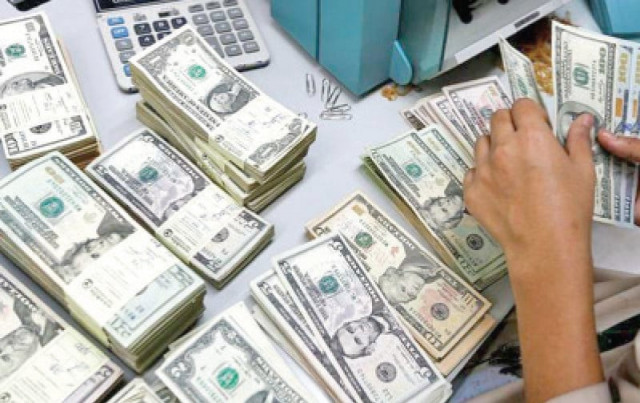
Pakistan's total liquid foreign exchange reserves rose to $20.03 billion as of July 4, 2025, a 39-month high, according to data released by the State Bank of Pakistan (SBP) on Thursday.
The increase was driven by a significant boost to the central bank holdings. The SBP's foreign reserves surged $1.77 billion during the week, reaching $14.50 billion, primarily due to official inflows. Meanwhile, commercial banks' net reserves stood at $5.53 billion.
"SBP's reserves rose to $14.5 billion in June 2025 – a 39-month high," said Arif Habib Limited (AHL). After reaching the peak of $15 billion in March 2022, the reserves experienced a considerable decline, hitting the low of $2.9 billion in January 2023 amidst a period of economic uncertainty and balance of payments challenges, according to data compiled by AHL.
However, a gradual but consistent recovery began around mid-2023, with reserves steadily increasing from a low point of $3.5 billion in May 2023. Notable points in this recovery include reaching $8.7 billion in July 2023 and surpassing $9.5 billion by October 2024. The latest jump to $14.5 billion in June 2025 underscores a strong resurgence in the country's foreign exchange holdings.
"Import cover is estimated at 2.71 months after the aforementioned change," noted AKD Securities.
Moreover, the Pakistani rupee extended its decline against the US dollar on Thursday, slipping 0.03% in the inter-bank market. By the day's close, the local currency settled at 284.56, marking a depreciation of nine paisa from Wednesday's close at 284.47.
On the global front, the US dollar edged lower from a two-week high against major currencies as markets largely shrugged off President Donald Trump's latest tariff announcements. The exception was Brazil, where the threatened 50% import levy triggered a sharp 2.8% drop in the real.
The greenback also came under pressure from a notable decline in US Treasury yields, following a strong 10-year bond auction on Wednesday. This helped ease concerns around the "Sell America" trend, which had earlier led to simultaneous sell-offs in Treasuries, the dollar and equities.
Meanwhile, gold prices in Pakistan rebounded sharply on Thursday, mirroring the trend in international markets where gains were capped by a stronger US dollar amid geopolitical tensions.
According to the All Pakistan Sarafa Gems and Jewellers Association, the price of 24-karat gold rose Rs3,200, settling at Rs354,700 per tola, compared to Rs351,500 on Wednesday when it had declined by Rs3,000. Similarly, the price of 10-gram gold climbed Rs2,744, reaching Rs304,098.
Globally, gold prices were little changed as a stronger US dollar offset the impact of Trump's latest tariffs on investors seeking shelter from geopolitical risk, according to Reuters. Spot gold was up 0.2% to $3,318.56 per ounce by 1603 GMT. US gold futures gained 0.2% to $3,328.30.
The US dollar index drifted 0.2% higher. Gold tends to lose appeal when the US dollar strengthens as it becomes more expensive for investors holding other currencies.

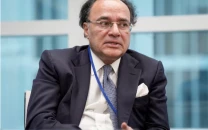




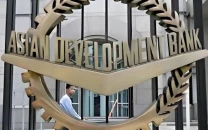
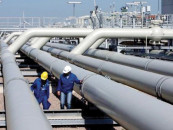



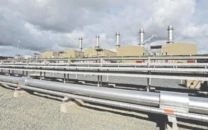








COMMENTS
Comments are moderated and generally will be posted if they are on-topic and not abusive.
For more information, please see our Comments FAQ